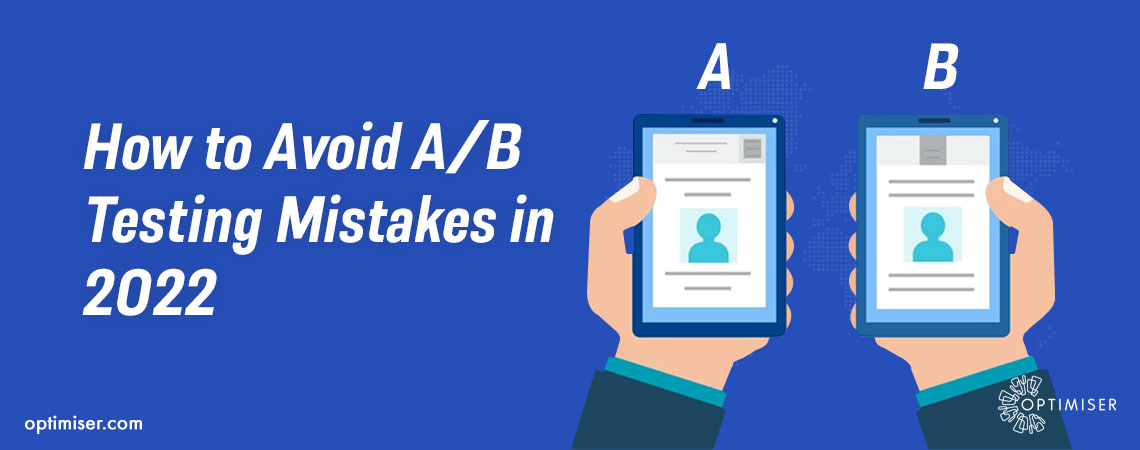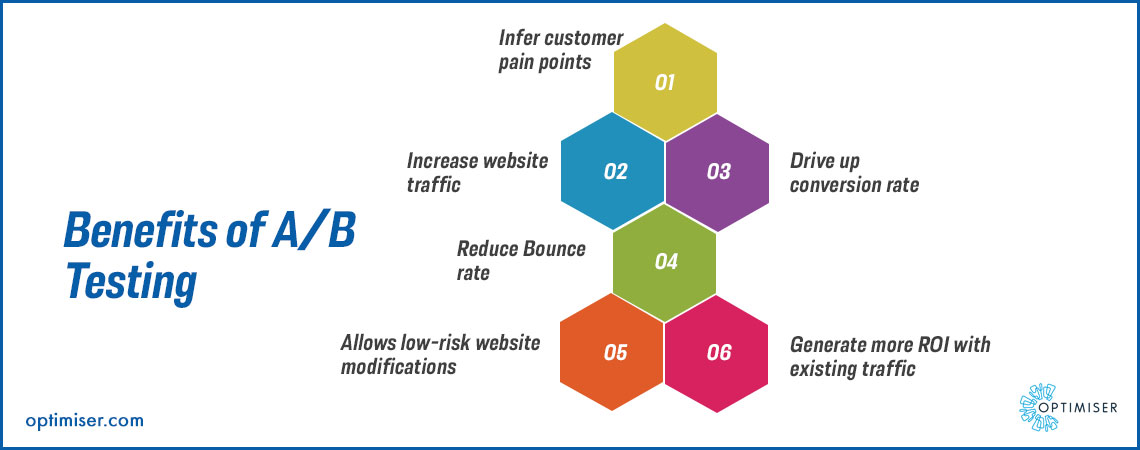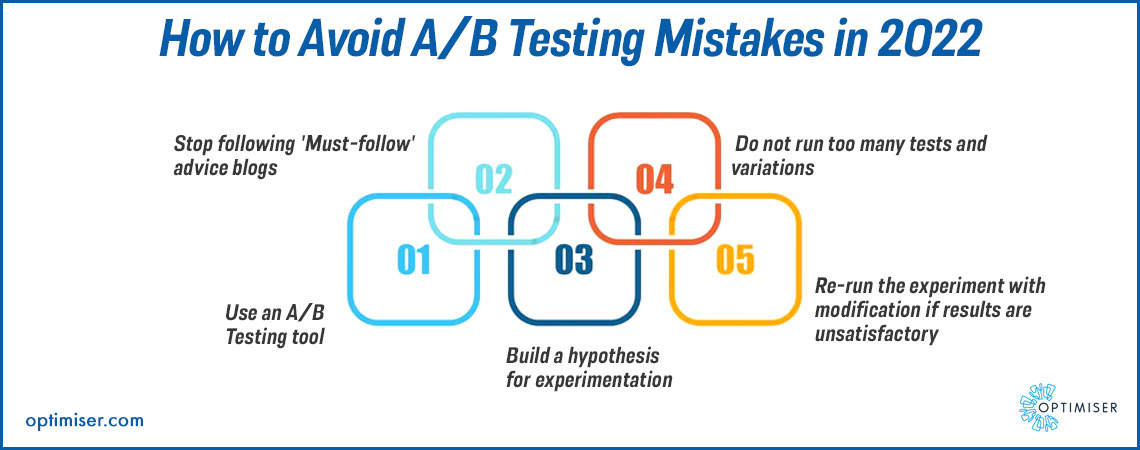
How to Avoid A/B Testing Mistakes in 2022?
Anyone running a website or mobile application is well-familiar with A/B testing. To recall what it is, A/B testing is randomised experimentation wherein two or more versions of a webpage are displayed to different segments of website visitors at the same time to decide which version is likely to make a bigger impact and drive up the business.
The need for A/B testing started after businesses were struggling with unqualified leads, cart abandonment etc. Media houses experienced low viewer engagement at the same time. Other common problems were drop-offs on payment pages, leaks in conversion funnels etc.
With A/B testing, business owners were able to achieve specific goals by understanding their customers' pain points. If customers understand what you are trying to sell and how it solves their problems, they are far more likely to invest in your product.
Additionally, this method can generate more traffic on your web pages/apps. The cost of acquiring traffic is huge and for businesses starting in the market, this is a heavy investment they cannot afford.
The biggest significance of A/B testing is that it reduces the bounce rate. By offering variations of the webpage, you will be able to find the visitor's pain point as well as improve the overall website experience that you offer.

How to Avoid A/B Testing Mistakes in 2022
1. Use an A/B Testing tool
On social media, we see a number of posts that asks for audience opinion on which side looks better: 'Left or Right'
While it might bring you engagement on social media platforms, it certainly does not help when it comes to A/B testing.
Individual perspectives are quite different from data-backed decisions. A/B testing tools allow businesses to understand perspectives of indiviudals resulting in increased conversion rate.
2. Stop following 'Must-follow' advice blogs
When you are in the preliminary phase of learning about A/B testing, 'must follow advice' can help you understand how to create a testing strategy.
However, when you are in business, it is not necessary that this 'must-follow' advice will work for you. Learn from these blogs, but make sure to do own groundwork for your website or mobile app. Every business is different and for that reason, you will need specific strategies that are unique to your business.
Using CRM software such as Optimiser, you can understand every key aspect of your business as well as areas that require reinforcement.
3. Have a hypothesis
When you are about to make a change to your website or mobile app, there should be a valid reason for the same. When you are not aware of the changes you have made, you will not know what the driving factor behind the conversion is. By analysing the performance of your webiste or mobile application through conversion funnels, you will be able to form a solid hypothesis and begin with your A/B testing. You can also use customer insights collected through surveys followed by qualitative data and visual analytics before starting to test.
4. Do not run too many tests and variations
Do not run too many tests and variations because it will slow your results and reduce the sample size. While you can go for multivariate testing or split URL testing to avoid your traffic from overlapping. However, it is best to analyse your hypothesis and run planned tests for better and faster results. With Optimiser's Marketing Suite, users get complete insights of the campaign performance, CTR, open rate and more to run effective future campaigns.

Also Read: Growth Recommendations for Entrepreneurs Looking to Build Global Businesses
5. Do not give up after the first trial
After the first trial, you may not get the result that matches your expectations. Following these test results, you will need to run another experiment. Repeat the test by reworking the original hypothesis and begin with the experiment again. However, do not make changes in the middle of the experiment. It could impact your results and may cause a lot of confusion.
6. Do not copy-paste the results
Taking an example, simply because the CTA button "Free ebooks monthly" worked for the homepage doesn't imply it will improve the conversion rate if added to other web pages. For every experiment, the test results are specific.
7. Do not run tests for too long
While planning your testing strategy, ensure that you have a stipulated time for running a test. If it goes for too long, visitors are likely to delete their cookies and land on another variation. You can end your test when you observe statistical changes that are relevant to your analysis. You do not need to wait up till the 95% mark for your test to end every time.
8. Right test, wrong time
In the months that experience heavy traffic on your website or mobile app, avoid testing on those days. Observe what is happening outside the business as every element matters.
Other times to avoid testing are when you are running Google ads, you are receiving sudden attention from the media and when you do not have enough sales or traffic.
Summary
By avoiding these common A/B testing mistakes in 2022, you will be able to promote your business as well as save a lot of financial resources and time. This will lead to driving conversions by delivering better results.

30 days free trial. No credit card required
 One powerful platform
One powerful platform
 Simple to use
Simple to use
 Comprehensive
Comprehensive



